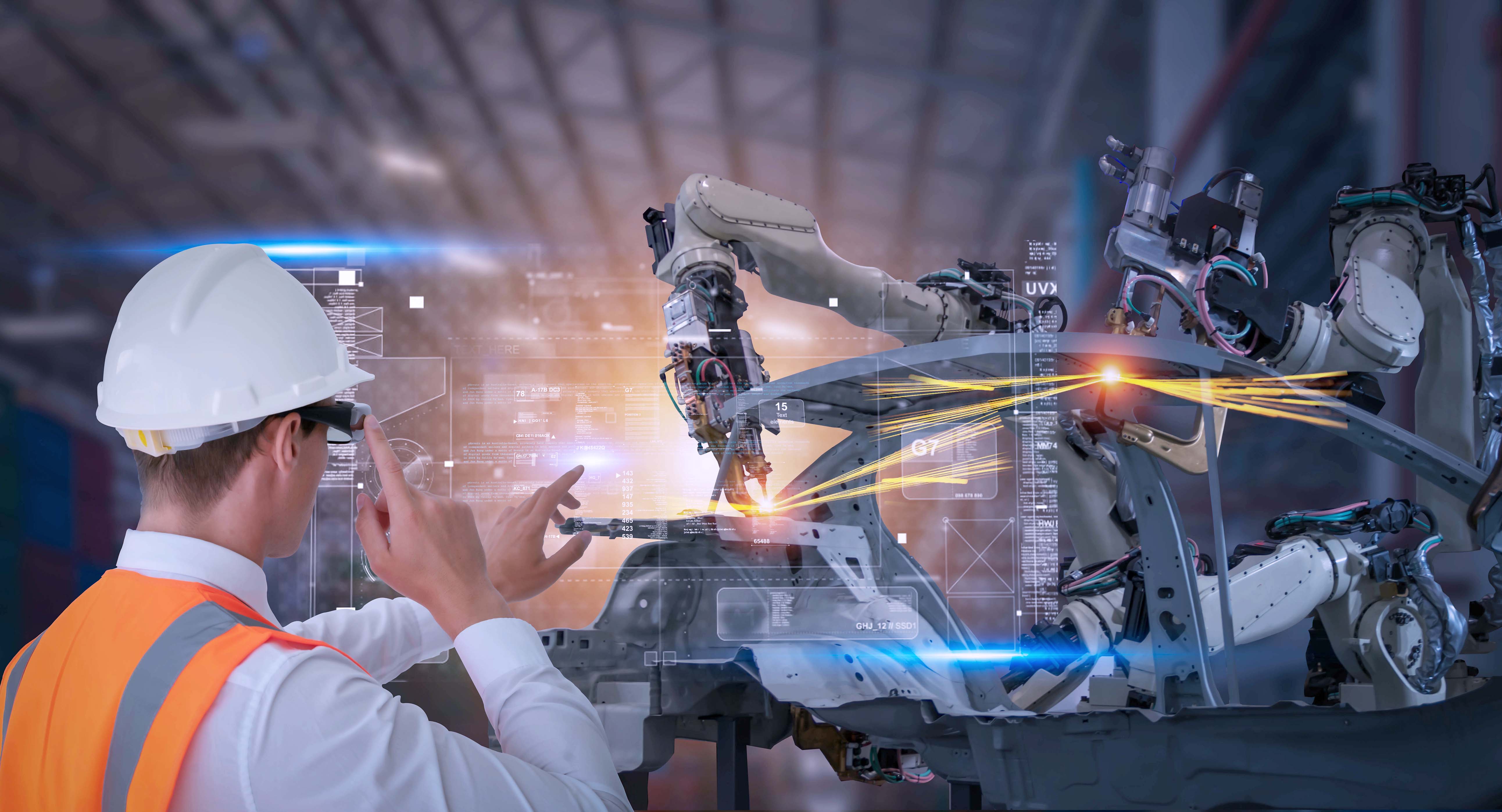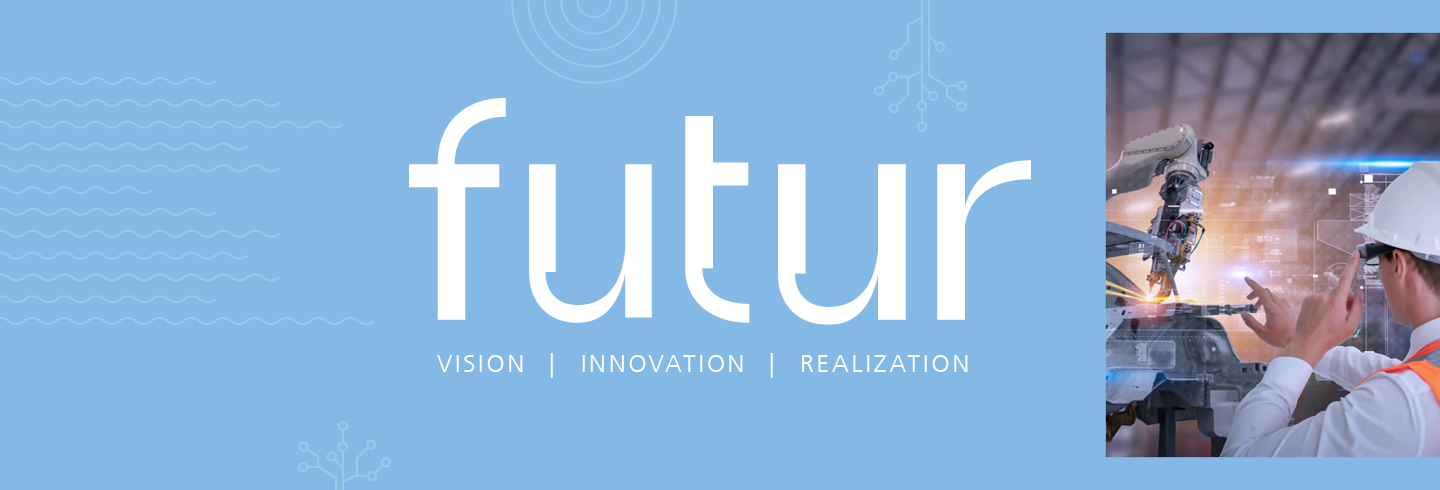All-round Systems Planning in Virtual Reality

Does the machine really fit in the designated space? Can a robot actually grip and handle the component as planned? To answer questions like these before commissioning takes place and to avoid unpleasant surprises, production systems can be commissioned and tested virtually with the aid of industrial software tools.
This is done by using the CAD models created when the system was constructed and by programming a virtual version of the machine before commissioning takes place, in order to test its behavior with a simulation program, for example. This means that errors and inadequacies can be identified at an early stage and the developed program code can be transferred directly to the physical system. The resulting time savings when commissioning the actual machine are enormous. Reconfiguring a system is also much easier. However, the use of software for virtual commissioning is complex and requires a significant investment in staff training.
Virtual reality tools reduce this complexity while also offering the potential for improved design. Virtual reality makes it possible to visualize construction models on a 1:1 scale and interact with them in real time. Rapid advancements in device technology in recent years support the methodology: Modern head-mounted displays, ergonomic controllers and hand tracking are now high-quality equipment that are excellently suited for realistic visualization of and interaction with construction data.
Researchers at Fraunhofer IPK have developed a system based on a virtual commissioning software and virtual reality to allow virtual commissioning to take place in a virtual reality setting. The system enables users to control robots using their own hands and to define a path for the robot to follow. The simulation software evaluates the interactions and converts them into software code for the robots. If the users are satisfied with the input, a simulation of the movement along the path is carried out to check the path for plausibility and collisions. This simulation is also presented in virtual reality. Then the code can be transferred directly to a real robot. The robot’s behavior is then visualized in real time as a digital twin in virtual reality. This allows the behavior of the robot to be observed in real time from any location, even from a different country.
Next to genuine virtual commissioning, the system can also be used for virtual reality training. Because the simulated environment represents the real behavior of existing machines, there is little effort involved in setting up the training. In addition, trainings can be provided on critical errors that could cause significant damage or high costs when happening on a physical system. The highly immersive nature of virtual reality trainings means that trainees are particularly well prepared.
 Fraunhofer Institute for Production Systems and Design Technology
Fraunhofer Institute for Production Systems and Design Technology